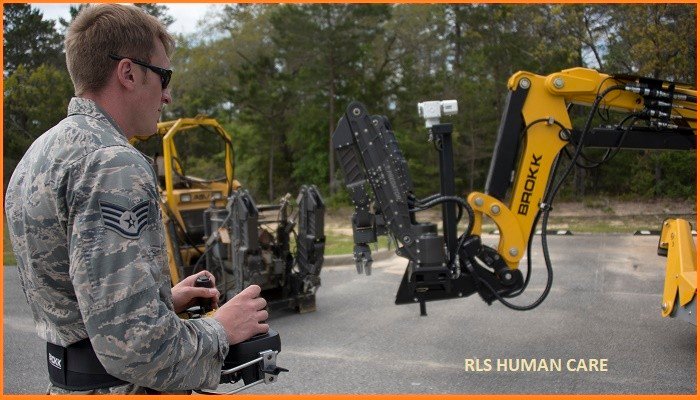Contents
Hazards of Remotely operated Lifting Machine
- As direction (EWNS) are mentioned on the remote operator is likely to be confused.
- Chances of accidents in case wrong movement of direction are possible.
- As the operator is operating from the ground, his attention is deviated by the co-worker resulting in the accident.
- The person not trained in crane operation also tends to operate the crane, as remote (pendant) is easily accessible.
- In case the “push button” or lever gear is pressed by mistake, crane motion may start automatically.
- The operator may lock the motion by mechanical means in order to avoid holding by operating the push button/lever.
- The motion of the crane is activated by radiofrequency. Interference by other radio frequency may move the crane automatically and cause a dangerous situation.
- In case of the emergency main switch is not easily accessible. The main switch of DSL may be far away.
Advantages of Remote operated Lifting Machines
- The operator is not required to climb on the lifting machine.
- The operator can operate the crane close to the load, this gives more accuracy and precision in handling.
- Communication between the operator and attendant (slinger) is better. Hand signaling may not be required, verbal communication is possible.
- Operation of the crane is easier.
- For smaller lifting, the work of slinger (attendant) may be carried out by the operator himself.
- Attendant (slinger) or any other person can easily be trained for crane operation.
- No chance of electrical shock as it is completely isolated from high voltage.
The disadvantage of Remote operated Lifting Machines
- As the remote works on radio frequency operator may operate the crane from any place. He may not be moving close with the load.
- Crane remains unattended, as the operator is not close to the crane. Any abnormality like noise, vibration, loose part, lubrication, is not noticed regularly.
- Maintenance person operator is required to check the crane separately, regular (daily) inspection by the operator may not be possible.
- In case of operating from the ground, the operator doesn’t get the overall view of complete scene, e.g. obstruction in the part of a moving crane.
- The main switch in the control cabin is not accessible.
- License is required for radio frequency used for remote control.





